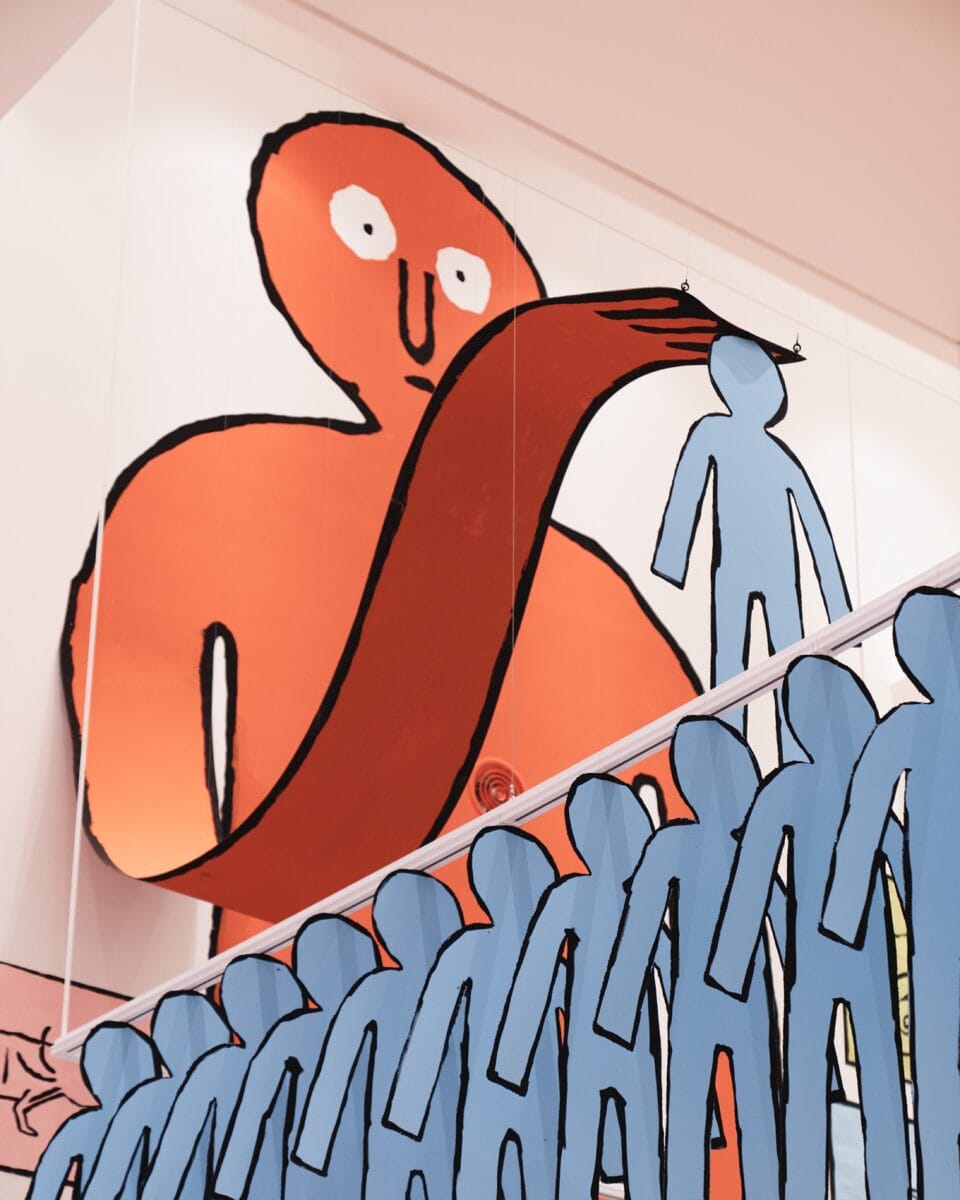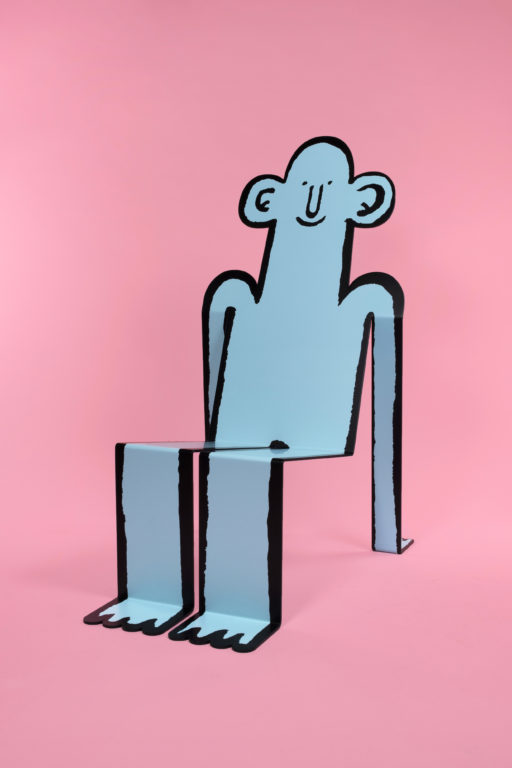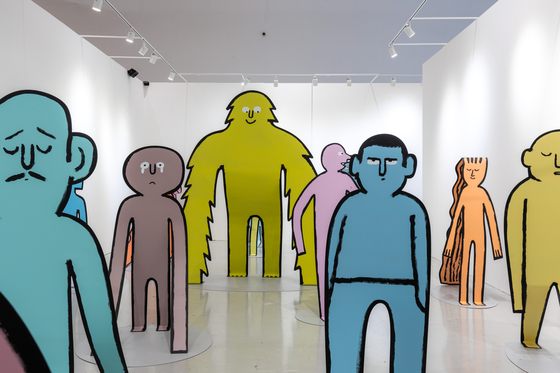Few illustrators have bridged the gap between the page and the physical world quite like Jean Jullien. With his instantly recognisable black-line drawings and witty visual storytelling, the French artist has built an international career spanning illustration, installation, and sculpture — often returning to his first love: paper.
Born in Cholet, France, in 1983, and raised in Nantes, Jullien grew up surrounded by creativity. His mother worked in architecture, his father in film. After studying graphic design in Quimper, he moved to London to attend Central Saint Martins and the Royal College of Art. There, he refined his visual voice and created his signature style of humorous, human, and distinctly hand-drawn. “Experimentation is something I’ve found to be very helpful… if you stick to doing the same thing, that’s all people will ask you to produce,” Jullien explains his balance with versatility and recognizability.

“Experimentation is something I’ve found to be very helpful… if you stick to doing the same thing, that’s all people will ask you to produce.”
Jullien draws a line that then comes to life
Jullien’s signature brush-pen line, loose yet precise, remains the core of his practice. What began as editorial illustration for The New Yorker, The New York Times, and brands like Nike, Uniqlo, and Colette has since grown into immersive worlds populated by his so-called Paper People.
These cut-out, larger-than-life characters have appeared in galleries and department stores from Tokyo’s Parco Museum to Le Bon Marché in Paris, where giant blue paper figures clambered through the atrium. Their flatness becomes their charm — as if his sketchbook drawings had stepped into the real world. “The impression that the drawing popped into our world is something that I really enjoy, ” as Jullien explains it himself.
Paper remains at the centre of Jullien’s work, both as a surface and as a sculptural medium. He draws daily with a simple brush pen on recycled Muji notepads, later scanning and colouring them digitally. The analog-to-digital balance keeps his art spontaneous and tactile. His 2016 book This Is Not a Book playfully explored the printed form itself — folding, cutting, and questioning what a book can be. “I was starting to become quite bothered by printing work that had only existed digitally,” he’s said, describing his desire to give drawings a physical presence.
Whether in ink on paper or cardboard installations, Jullien’s art radiates warmth, humour, and empathy. His Peace for Paris symbol — drawn spontaneously after the 2015 attacks — showed how a simple brush line could carry profound emotion.
Jullien’s work once again reminds us of paper’s endless potential: as canvas, concept, and connector between people. His playful worlds are, at heart, invitations to see the everyday anew — one brushstroke at a time.







